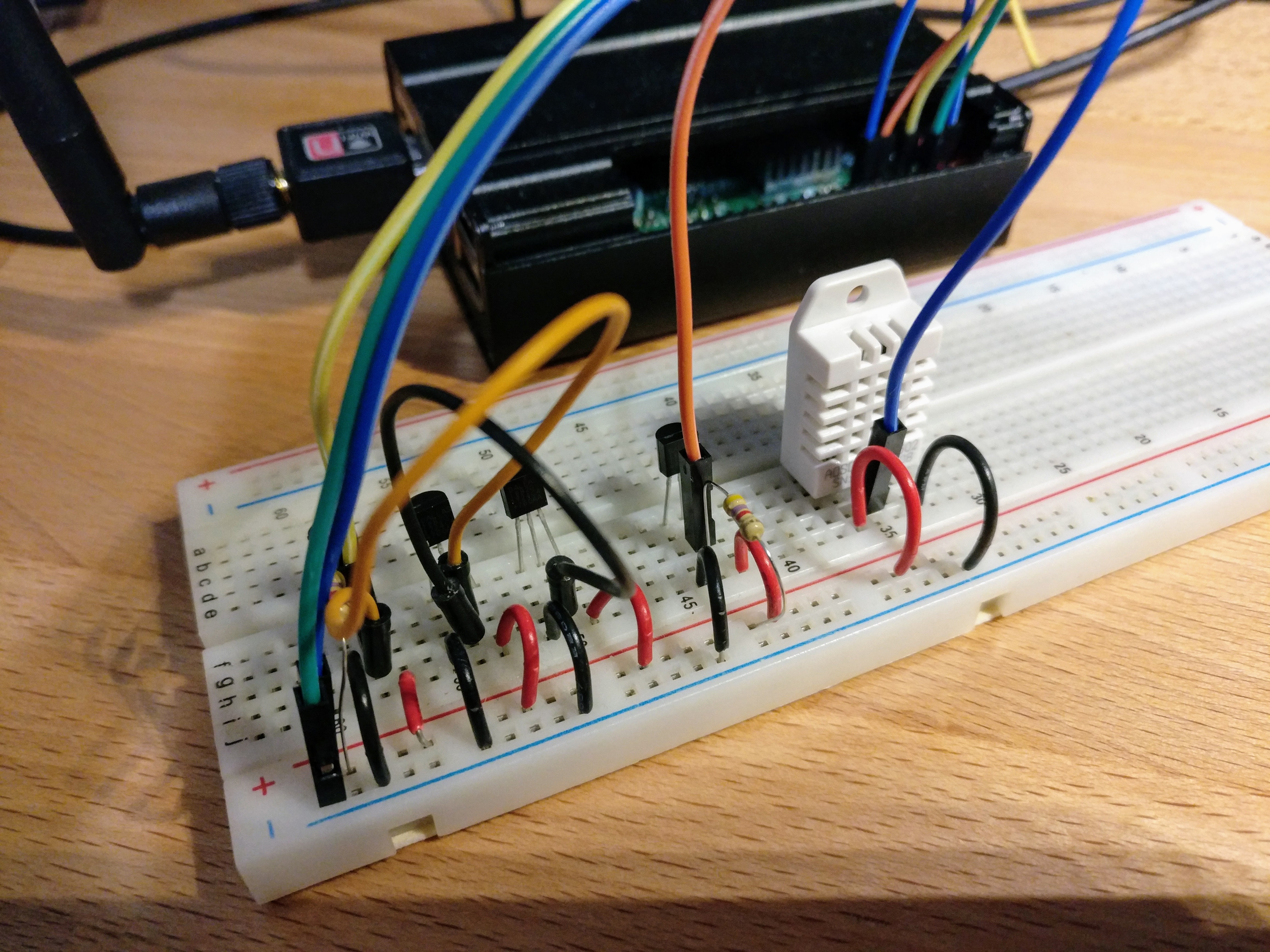In a case of awful timing, after my recent project involving some attiny85 programming I finally got around to learning how to use simavr and gdb to help debug my AVR code. It was too late for me (and I will never get the time back that I spent debugging things with an LED and lots of re-flashing), but maybe this will help someone else!
I’ve split this into three posts:


